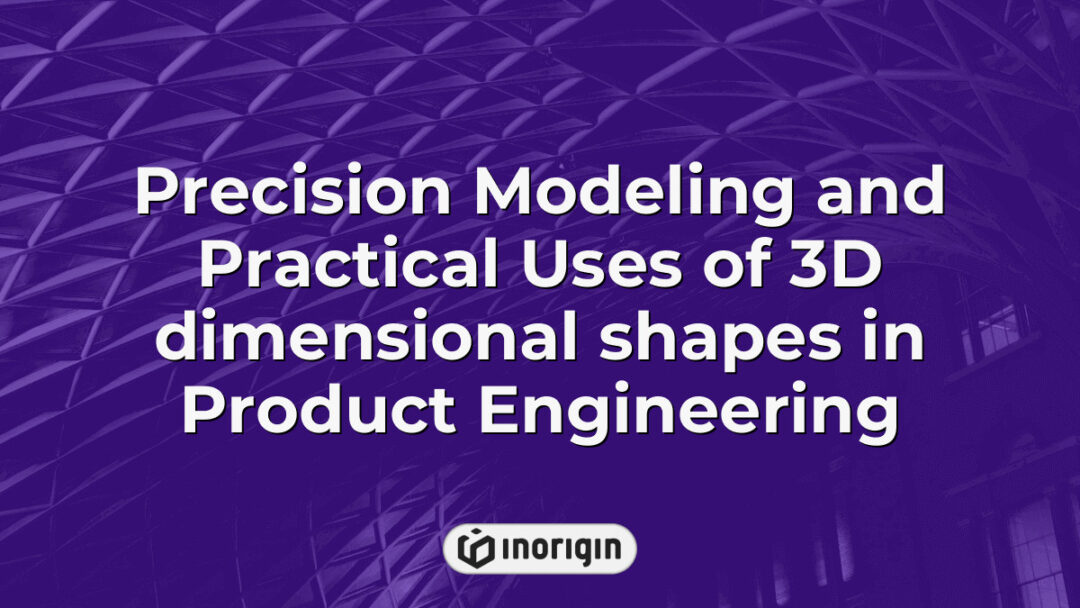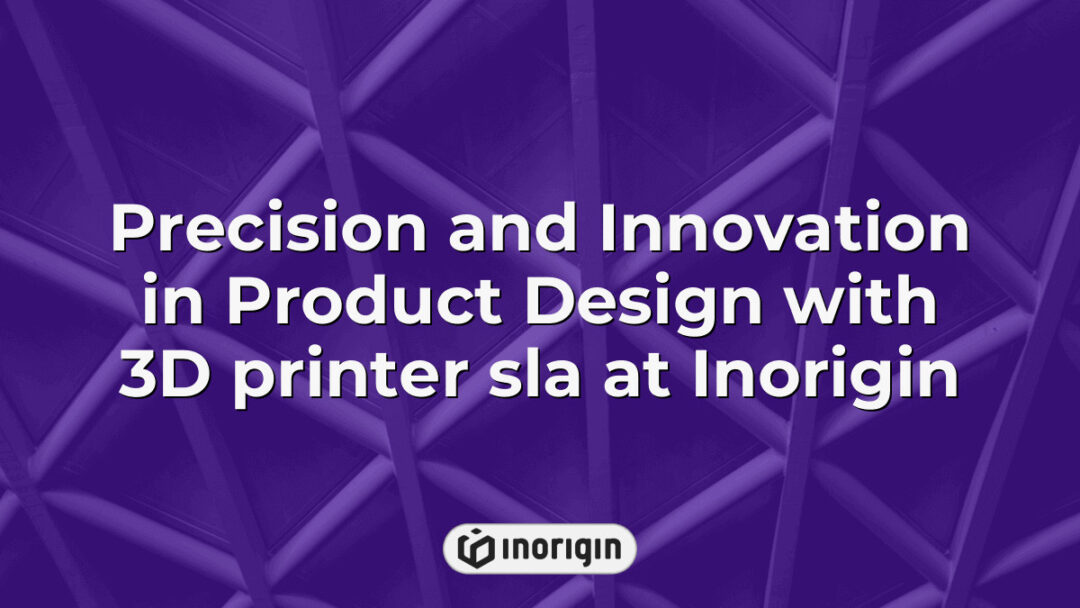The 3D printer nozzle serves as a pivotal component in the realm of additive manufacturing, directly influencing the precision, quality, and efficiency of extrusion processes. As the gateway through which molten filament is deposited, the nozzle’s design and material characteristics play a critical role in determining the overall performance of 3D printing systems. Variations in nozzle diameter, shape, and thermal conductivity can significantly affect layer adhesion, the intricacy of printed geometries, and the mechanical properties of finished products. Analyzing advancements in nozzle technology reveals not only the engineering innovations that enhance printing capabilities but also the broader implications for industries ranging from aerospace to healthcare. Understanding the intricacies of 3D printer nozzles is essential for professionals seeking to optimize production techniques and push the boundaries of what can be achieved through this transformative technology.
| Aspect | Key Takeaway |
|---|---|
| Role of the 3D printer nozzle | The 3D printer nozzle is essential in additive manufacturing, directly impacting extrusion precision, print quality, and overall production efficiency. |
| Nozzle Types and Materials | Brass nozzles provide excellent thermal conductivity for standard filaments, while hardened steel options support abrasive composite materials used in advanced applications. |
| Selecting Nozzle Size | Choosing the right nozzle diameter balances print speed and detail: larger nozzles accelerate production, smaller nozzles enable finer geometries. |
| Maintenance Best Practices | Routine inspection and cleaning prevent clogs and filament residue buildup, extending nozzle lifespan and sustaining consistent printing performance. |
| Troubleshooting Nozzle Issues | Address blockages, temperature missettings, and filament compatibility by systematically inspecting and adjusting hardware and print parameters. |
| Technological Innovations | Innovations in nozzle design and materials enhance durability and adaptability, complemented by software tools that optimize extrusion settings for diverse filaments. |
| Impact of Nozzle Material | Nozzle composition affects filament compatibility and wear resistance, crucial for industries requiring precision and longevity in 3D printed products. |
Types and Materials of 3D Printer Nozzles
The diversity in 3D printer nozzles is striking, given that an estimated 60% of issues encountered in 3D printing arise from the nozzle itself. This statistic illustrates the significant role that nozzles play in the efficacy of the printing process. Various types of nozzles are utilised in the 3D printing landscape, primarily distinguished by their diameters, materials, and intended applications. Standard brass nozzles are widely used due to their good thermal conductivity and compatibility with multiple filament types; however, they lack endurance when exposed to abrasive materials. For more demanding applications, hardened nozzles are available, fabricated from materials such as steel or carbide. These hardened nozzles accommodate a broader range of filaments, including those infused with materials like carbon fibre or metal powders, which can quickly wear out traditional nozzles. As the field advances, understanding the spectrum of nozzle options—across both types and materials—becomes essential for optimising print quality and prolonging equipment lifespan.
How to Choose the Right Nozzle Size and Type
Choosing the appropriate size and type of 3D printer nozzle necessitates an understanding of various factors, including the intended application and the materials being used. Different nozzle sizes can influence the extrusion speed as well as the level of detail achievable in a print. For instance, larger nozzles are often preferred for faster prints when using basic filament, while smaller nozzles can facilitate intricate designs and finer details, albeit at a slower pace. When high temperature materials are involved, the material’s viscosity along with the nozzle diameter plays a critical role in achieving optimal flow. In addition, certain abrasive materials demand specific nozzle compositions, such as hardened steel or ruby-tipped nozzles, to withstand wear and tear. When assessing which nozzle to select, it’s crucial to consider not only the material properties but also the required precision and print speed for the project at hand, creating a balance that ensures both quality and efficiency in 3D printing processes. Thus, the decision-making process must encompass these technical nuances to enhance the overall printing experience.
Maintenance and Cleaning for Optimal Performance
"An ounce of prevention is worth a pound of cure." This adage rings particularly true in the realm of 3D printing, where maintenance and cleaning practices can significantly influence the performance of the nozzle. Regular upkeep is essential; one must routinely inspect the component for signs of wear, clogs, or filament residue that can disrupt the printing process. For instance, the accumulation of burnt filament in the nozzle can lead to inadequate heat transfer, which derails precision during printing. Utilising specialized cleaning filaments may aid in dislodging obstructions that regular filament fails to remove. Furthermore, it is beneficial to evaluate the print settings as adjustments such as temperature and flow rate often correlate strongly with the efficiency of the nozzle. Incorporating these practices not only enhances operational stability but also prolongs the lifespan of the nozzle, thus ensuring a consistent printing experience and reducing the risk of errors in subsequent projects. Sustained commitment to these maintenance protocols fosters optimal performance, and in turn, reinforces the user’s expertise in achieving high-quality printed outputs.
Troubleshooting Common Nozzle Issues
In the realm of 3D printing, the heartbreak of a misfiring nozzle can feel like witnessing a carefully crafted masterpiece crumble before one’s eyes. Common nozzle issues can significantly impact the bridging performance of prints, leading to undesirable outcomes such as sagging or uneven layers. Identifying the origins of these problems typically involves a combination of visual inspection and systematic troubleshooting. Factors like clogged nozzles, improper temperature settings, or unsuitable filament choice can each play a role in the overall performance of extruders, resulting in subpar print quality.
For instance, a nozzle may become blocked due to filament residue or contamination, necessitating a thorough cleaning or even replacement of parts to restore function. Additionally, incorrect extrusion temperatures may lead to excessive back pressure, causing filament jams and inconsistent flow. Equally, using a filament that is incompatible with the nozzle size can hinder performance; thus, careful selection according to specifications is crucial. Furthermore, ensuring that the extruder is calibrated accurately to maintain the right feed rate can greatly diminish the frequency of such issues. Since these technical challenges can arise unexpectedly, a proactive maintenance approach often yields improved outcomes and greater reliability in achieving high-quality prints.
Innovations and Trends in Nozzle Technology
In the sweeping narrative of technological advancement, consider the 3D printer nozzle, akin to a painter’s brush—each stroke essential to crafting a masterpiece. Innovations in nozzle technology reveal a triad of burgeoning trends: (1) enhanced materials designed to withstand increasingly abrasive filaments; (2) adaptive nozzle designs that optimise flow rates and temperature settings for diverse filaments; and (3) software integrations, such as PrusaSlicer’s ready-to-print settings, which refine printing precision. These developments reflect a concerted effort to elevate 3D printing capabilities while responding to the needs of creators navigating a market characterised by demands for efficiency and high-quality output. Furthermore, the incorporation of abrasives into filament composites has catalysed the urgent need for nozzles that can endure such materials without compromising performance. The implications of these trends extend far beyond mere convenience, hinting at a future where seamless integration of technology and creativity is not just a possibility but a reality that defines the makers’ world. Hence, considering the trajectory of nozzle technology, it becomes evident that the marriage of innovation and functionality is paving the way for an ever-evolving landscape of 3D printing possibilities.
Frequently Asked Questions
What is the lifespan of a typical 3D printer nozzle?
The lifespan of a typical 3D printer nozzle varies considerably based on several influential factors. Primarily, the material used in the nozzle construction plays a significant role; for example, brass nozzles, which are quite common due to their excellent thermal conductivity, typically last for approximately 1 to 3 kilograms of filament printed, while hardened steel nozzles can endure much longer—often exceeding 10 kilograms—due to their increased resilience against wear. Additionally, filament type significantly contributes to nozzle longevity; abrasive materials like carbon fiber or glow-in-the-dark filaments can accelerate wear, thus necessitating more frequent replacement of the nozzle, sometimes after only a few spools. Transitioning between different filament types without proper cleaning can further compromise the nozzle’s condition, leading to clogs and reduced print quality. It is also important to note that user practices, such as exposure to extreme temperatures and cleaning methods, impact the lifespan; for instance, frequent cleaning with harsh chemicals can degrade the nozzle’s material integrity. Ultimately, maintaining optimal performance involves a balance of thoughtful selection of materials and practices, underlining that while 3D printer nozzles are engineered for durability, their effective use hinges on the nuances of both material and technique.
Can I use a nozzle from one printer brand on another brand’s printer?
The compatibility of 3D printer nozzles across different brands requires careful examination of several factors. First, it is essential to consider the nozzle’s threading and size; most nozzles adhere to the M6 thread standard, which is common across many manufacturers. However, variations do exist, and some brands may implement proprietary designs that deviate from this standard. In addition to threading, the material from which the nozzle is made plays a significant role in its performance; for instance, brass, stainless steel, and hardened steel each have distinct temperature tolerances and wear characteristics. Furthermore, the shape and diameter of the nozzle’s opening directly influence filament flow rates and subsequent print quality. It should also be emphasised that using a nozzle from a different brand might affect the calibration settings of the printer, potentially leading to issues such as under-extrusion or over-extrusion if not addressed correctly. Consequently, while interchangeability of nozzles exists, it is not without its complications; a thorough understanding of the specific requirements and specifications of both the nozzle and the printer is necessary to ensure optimal functionality.
How do different nozzle materials affect the printing process?
The choice of nozzle material in 3D printing can profoundly influence the outcome of a project; astonishingly, studies have shown that over 60% of print failures are attributed to nozzle-related issues. This statistic demonstrates the significance of understanding the impact that different materials have on the printing process. Various nozzle materials, such as brass, stainless steel, and hardened steel, each bring unique properties to the table. For instance, brass nozzles are renowned for their excellent thermal conductivity and are often preferred for printing with standard filaments like PLA and ABS. However, when utilising abrasive materials such as carbon fibre-infused filaments, a hardened steel nozzle is often advisable due to its resistance to wear and tear. Transitioning from one material to another necessitates an awareness of the thermal properties and compatibility with specific filament types; for example, a nozzle’s ability to melt and extrude materials efficiently may be hindered if the wrong material is selected. Thus, when approaching the decision on which nozzle to choose, it becomes clear that material selection plays an imperative role in achieving optimal printing results, affecting not just the quality of the print but also the overall reliability and efficiency of the process.
Conclusion
In conclusion, the evolution of the 3D printer nozzle parallels the intricate dance of a skilled artisan shaping molten glass. Just as temperature and precision determine a glassblower’s success, careful design and material selection dictate the effectiveness of a nozzle, ultimately transforming visions into tangible creations with unprecedented potential.
Related posts:
- Innovations Driving Performance and Sustainability in Engineered Steel Products
- Engineered steel products inc commitment to precision manufacturing and sustainable innovation
- Precision Materials and Sizes for 3D Printer Nozzles Enhancing Print Performance
- Steel 3D printer Innovations Transforming Industrial Production and Design
- Engineered Hardwood Cleaning Products for Preserving Floor Finish and Longevity
- Engine Cleaning Products That Enhance Performance While Protecting Your Engine Longevity




